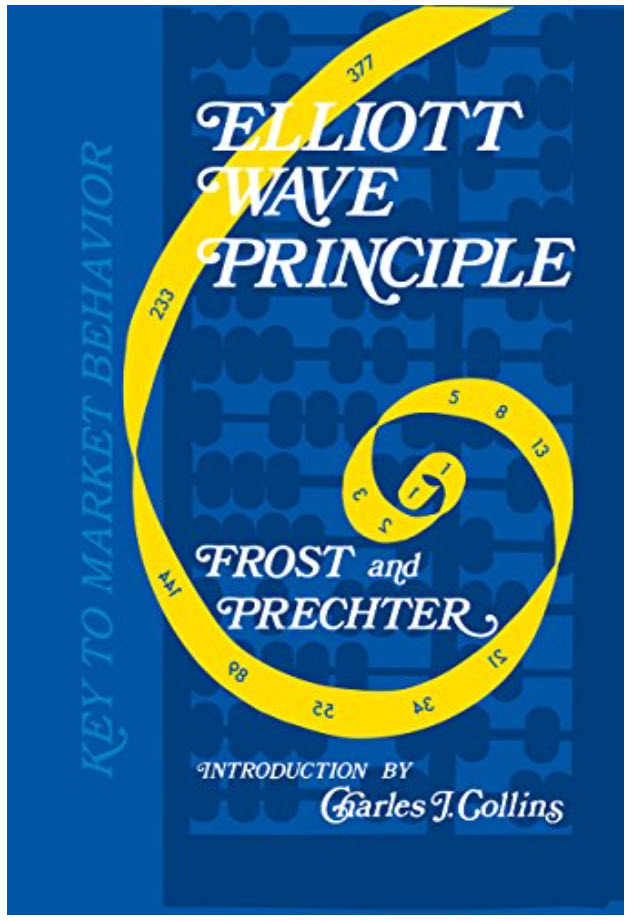Elliott Wave Analysis of the S&P-500 (SPX) by Sid from ElliottWavePredictions.com. Click on the chart twice to enlarge.
As many of you are aware, I think that since the DJIA started in 1896, supercycle wave 1 ended in 1929 as a leading diagonal with a huge wave 5 throw-over, then supercycle wave 2, a 90% crash in the form of a double zigzag ended in 1932, followed by supercycle wave 3, ending with panic buying at the 2000 top, and then supercycle wave 4 was an expanded flat ending in March 2009, retracing 45%, beginning to end. Notice that waves 2 and 4 of this count exhibit alternation, a mathematical relationship, and were not too dissimilar in duration.
Since that March 2009 low, while it has been difficult to label a 5-wave impulse or diagonal to the upside, my main count for over a year has been that cycle wave 1 within supercycle wave 5 ended on July 7 2011 as a standard 5-wave non-overlapping impulse (as labeled on the above chart). Then, I’ve been thinking that the downward movement from July 7 2011 through October 4 2011 was too brief to be labeled as a cycle degree wave 2. No cycle-degree wave in my DJIA wave count since 1896 has been shorter in duration than a year-and-a-half. So I’ve been thinking that the July 7 2011 thru Oct 4 2011 wave was wave A of what would eventually be an expanded flat for cycle (teal) wave 2.
However, now that what would have been labeled primary wave B (burgundy) has moved above where it would be 1.382 times the length wave A was in the SPX, and appears to be incomplete in its upward trek, I am changing my main wave count so that the the 90-day downward movement from July through October of last year was a completed cycle wave 2, and the overlapping upward movement since October 4 is a leading expanding diagonal for wave 1 at either intermediate (black) degree (pictured), or at Primary (burgundy) degree. If this wave count is correct, wave 5 of the expanding leading diagonal will need to reach 1540.83 in the SPX as a minimum, because wave 5 needs to be longer than wave 3 was. All of the other requirements of an expanding leading diagonal are in-place: wave 3 was longer than 1, 4 was longer than 2. 4 moved into the price territory of 1, and 1, 2, 3, and 4 can be interpreted as “3’s”.
While wave B’s of expanded flats can and do reach beyond 1.382 times the length wave A was, and all the way up to a theoretical (and quite unusual) 2 times the length wave “A” was, when they stretch beyond a 1.382 relationship, it is good Elliott Wave practice to promote a different wave count into main position, demoting the old count to the status of a still-viable alternate. Hence the new main wave count shown above.
As for the rabbit Bernanke pulled out of his hat Thursday, does it prove once and for all that things are far worse than the economic data releases are showing? If the “reported” inflation-adjusted GDP is, in reality, well above the fed rate of 0.25% as the latest statistics reflect, the current situation does not call for this level of printing. It doesn’t call for any printing at all. But Bernanke said on Thursday he was going to print at historical levels. Or did he?
In a 2002 speech he gave about deflation, Bernanke stated that “By increasing the number of U.S. dollars in circulation, or even by credibly threatening to do so, the U.S. government can … reduce the value of a dollar in terms of goods and services, which is equivalent to raising prices in dollars …” If Bernanke were to carry out his Thursday threats going forward for one full year, the fed’s balance sheet will have expanded at a rate three times faster than during other recent periods of aggressive expansion. It seems logical therefore that his “open ended” QE announcement may simply be an attempt at a credible threat, that could easily morph into a one-month-and-done intervention, especially after the final pre-election employment numbers come in mysteriously and remarkably improved.



